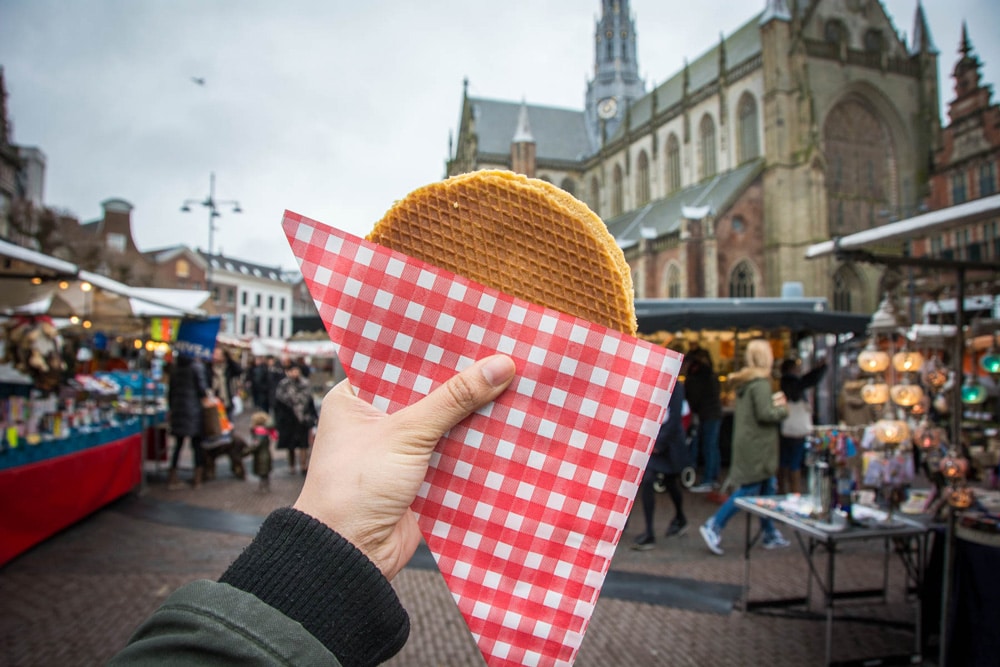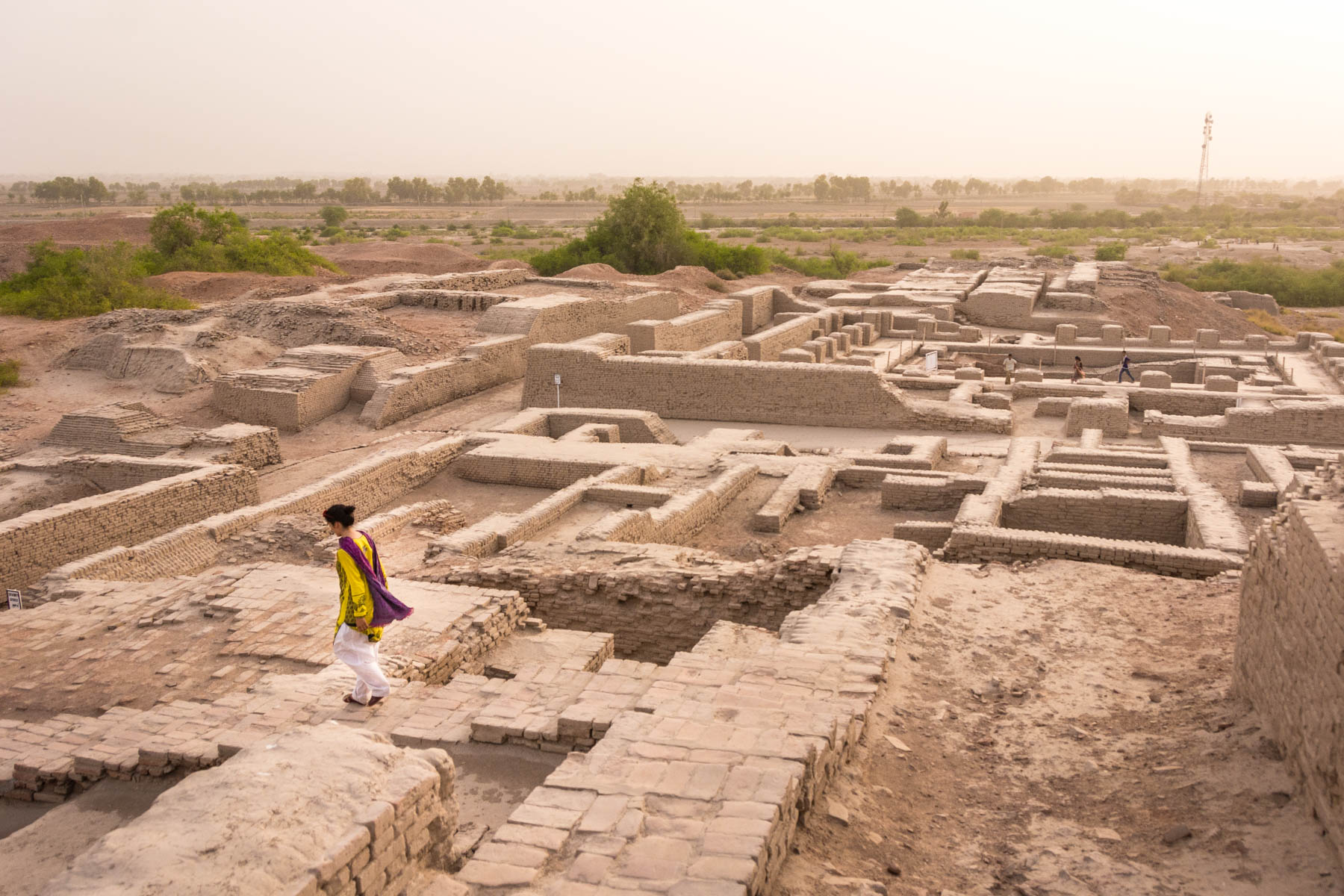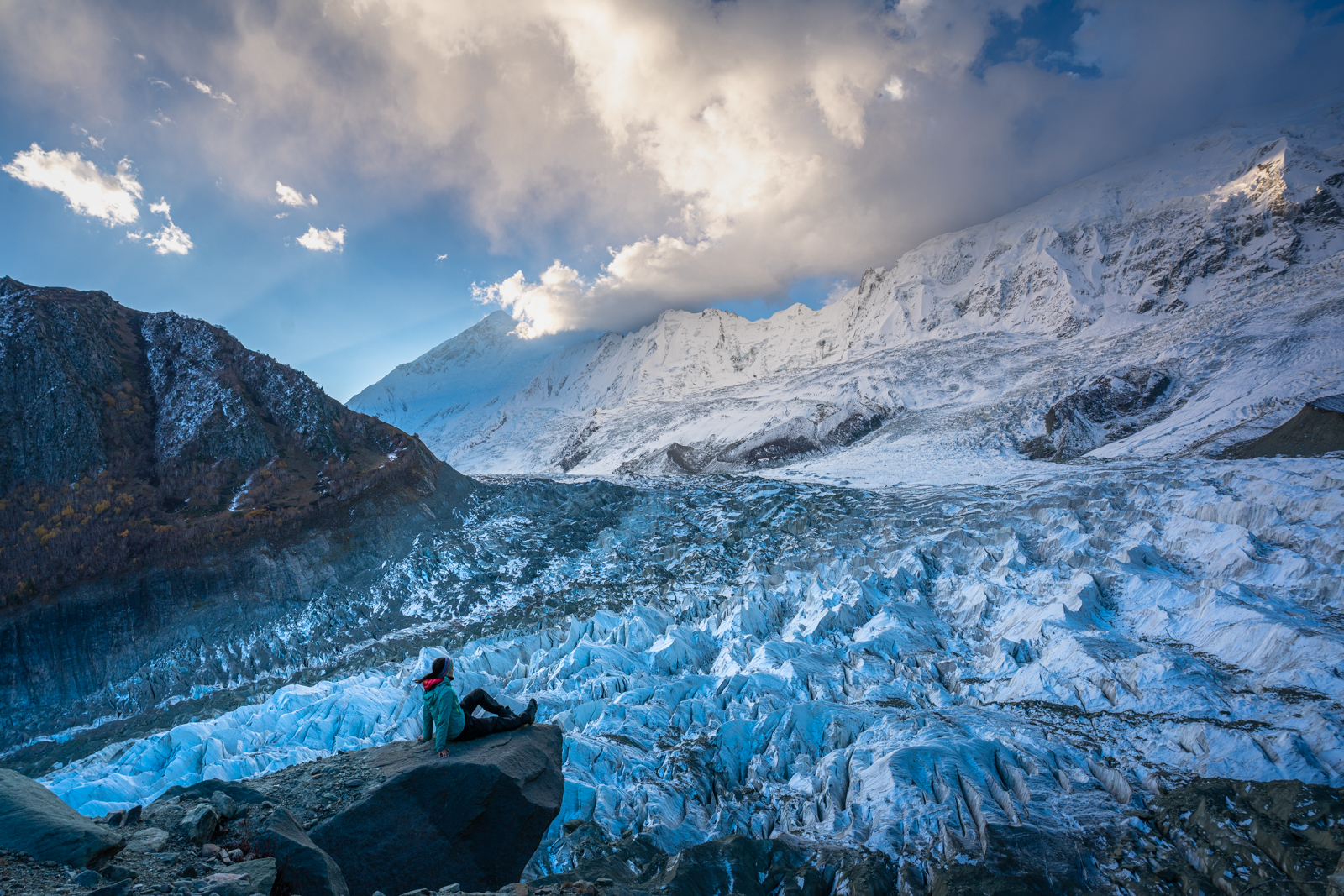The steps that I took to save money for travel. They helped me to travel for more than one year! I wasn’t making beaucoup bucks or cashing in on trust funds–I simply saved in an intelligent way and lived cheaply for over a year.
Saving money is undoubtedly one of the biggest obstacles to travel. Though some may spin the making travel happen as a simple matter of having the ~*PASSION*~ and ~*INSPIRATION*~ to make your ~*DREAMS BECOME REALITY*~, they are totally full of hot air and/or have trust funds that they’re not telling you about.
For the rest of us mere financial mortals, saving is the only option. Before beginning my life of full-time travel, I had to be very strict about putting aside money and be strategic about how I spent my remaining funds. Here’s how you can do it, too:
5 steps I took to save money for travel
1. Calculate your basic cost of living.
When planning how I would save money for travel, I started by calculating the bare minimum of my expenses each month. I could save a bit more since I was living with a partner at the time, and thus split a lot of costs. In my breakdown below the figure given is how much I personally paid.
Income: €1750/month after taxes
Expenses:
- Rent and utilities: €400
- Health insurance: €100
- Food: €50/week or €200 a month
- Phone: €15
- Unexpected costs: €200
So what are “unexpected costs”? An example: The government sent me tax bills for things I didn’t even realize existed approximately every freaking week every other month. I swear I paid the annual trash tax about twelve times per year, but maybe that’s just me.
Moving on from the frustration of living in a Perfect Country funded by taxes, things such as medications, doctor expenses, contacts, etc. factor into unexpected costs as well.

Living in the expensive Netherlands was a massive money drain, thanks to boatloads of taxes and a high cost of living. I saved some money by avoiding paid outings in favor of biking (yay free transport!) to parks, beaches, etc.
2. Consider what is or is not cost effective.
Some people prefer to cut out absolutely everything except the barest of essentials when trying to save money for travel. On the plus side, you save more money. The down side is you’ll most likely be absolutely miserable if all you do is work, sit inside, and eat only beans or pasta for dinner every day.
If you’re clever, you can reduce the amount of money you spend on luxuries while still managing to enjoy a civilized existence.
Consider the cost of things versus how much entertainment/use you will get from them, or if they’re a long-term good investment. Some examples of my own reasoning:
Worth it:
- Internet. This is the 21st century. One does not simply survive without internet. I definitely don’t.
- Netflix <3 Aside from the fact that I am a Netflix addict (aren’t we all?), the service is delightfully cheap for what you get. Netflix also sucks up all of your time and makes you a lazy couch potato. Excellent for saving money! Every hour spent bingeing on a series is an hour not spent doing something more expensive. And you thought it was bad to watch TV all day.
- Running shoes. The need to save money meant all of my exercise time was taken out of the gym and done outdoors, where the air is free and the sights are plenty. Running shoes are cheaper than a gym membership, just sayin’.
- Frozen vegetables and legumes I was trying to eat healthy and save money at the same time, which was, quite frankly, a major pain to do. I’d like to thank bags of frozen peas, boxes of frozen pumpkin, and metric fucktons of lentils, canned beans, and rice for making it all possible! *Pageant girl wave*
- Coffee at home. Coffee is pretty cheap… when you make it at home. A 250g bag of coffee (that lasts for weeks) is the same price as a coffee in a cafe. Brewing coffee is not difficult, so quit yer whining, and pick up a cheap french press or coffee machine online.
- Fresh stroopwafels at the market each weekend. We all need to splurge sometimes. Plus, they’re just really freakin’ tasty. The powers that be would not approve of your skimping on the ‘stroop, even if you are trying to save money for travel.

Stroopwafels, one of approximately four good foods invented by the Dutch. Oh sweet stroopwafel, how could I ever say no to you?
Woefully inadequate (not worth it):
- The gym. Some gyms are relatively cheap, but mine was clocking in at around €50 a month. Thanks… no. A pair of running shoes was the same price as 2 months of the gym, lasted at least 3 times as long, and did not involve having creepy gym bros staring at you while you sweat like a pig.
- Snacks and candy. I was a sucker for all things snackable and sugary. Unfortunately, packaged snacks are some of the most expensive things you can buy at the supermarket. Don’t be a heathen, and allocate your stomach space to actual food, not snacks (I succeeded at this… most of the time). If you need to snack, buy cheap bulk snacks like popcorn, or sacks of apples from markets. My wallet and waistline appreciated this change.
- Take out/delivery food. Easy peasy as it may be, takeout is expensive and not actually good for you 89% of the time. By resisting the urge to order pizzas or Thai every time I was too lazy to cook, I saved hundreds of euros that I probably shouldn’t have been spending in the first place.
3. Calculate how much money you can save for travel each month.
After you know what your basic cost of living is, and where you can cut expenses, calculate how much money you can save each month.
My basic cost of living: 400 + 100 + 200 + 15 + 200 = €915/month
I rounded that up to €1000/month, to be safe. Then, I gave myself €200/month for disposable income, so I would still be able to do things/not get cabin fever/not kill my partner because I lost my sanity. That left about €500 (because round numbers are nice) to be put away each month.
To be sure that you will actually save money for travel, set up a savings account, and make sure that you transfer your savings to the account right after you are paid each month.
You’ll know just how much money you have left to spend, and it removes the temptation to spend your savings. DO NOT, under any circumstances, take money from your savings until it’s time to travel. If you do, hellfire will rain down upon you, the world will come to an end, and your mother will be very disappointed in you. Also, you will be more likely to pull money out of the account again, which is no bueno.

Alllll the monies saved! Dolla dolla bill$ yo.
4. Determine how much money you need for travel.
Now that you know how to save money for travel, you can finally figure out when you’ll have enough money to peace out and roll out!
How much time you need to save money for travel depends on your destination, how long you want to travel, and the way you want to travel. Countries like Bhutan are going to require a hefty amount of cash, while in places like India you can slide by on mere pennies a day. Traveling by public transportation is cheap, while traveling by motorcycle or going skiing adds up quickly.
For my own travels, I assumed an average of about €1000/month for traveling on a shoestring, with occasional splurging. In my experience, you’ll miss out if you flatly refuse to spend any more money than absolutely necessary.
I was also aiming to travel as long as I could, and expected to be on the road for at least a year. My initial plan was to save more by working or volunteering along the way.
Based on this, I decided to save money for travel for about 1 year before my departure, aiming to have around €10,000 for the entire year. I saved up about €6,000 by putting away money each month, which was then combined with previous savings, money from selling all of my stuff, the return of my apartment deposit, and my final paycheck (it feels victorious to not have to spend money on rent right after being paid). After all was said and done, I had about €12,000 in savings for my travel.

I save money in my travels by visiting countries that are relatively cheap to travel in, such as Georgia or Pakistan.
5. Start to save money for travel!
Now’s the time to start your plan… and stick to it! It can be a struggle at times, but once you get into the saving mindset, it can also be addictive. I recommend sinking your teeth into other tips for saving money for travel or learning about money-saving travel hacks to get you into the right state of mind.
To ensure you stay in that state of mind, let family and friends know you’re trying to save money for travel–it’ll be less awkward to pass on expensive outings, or ask to do something cheaper. Plus, they can give you a hard time if you ever start to slip and dip into your savings 😉
Curious as to where I was actually trying to travel TO? Here’s what Lost With Purpose is all about.
Yay transparency: there are a small number of affiliate links in this post. Basically, how it works is that if you buy the product that’s linked, we get a small commission at no extra cost to you. We promise we only link products we actually like, and it helps us to cover the costs of running the blog! Plus, we’ll love you forever and ever.



This is one of the best breakdowns of how to finance traveling I’ve seen. Awesome post. I came to a similar conclusion of needing to save 10,000 to travel the world for a year. Not quite there yet but getting close ????.